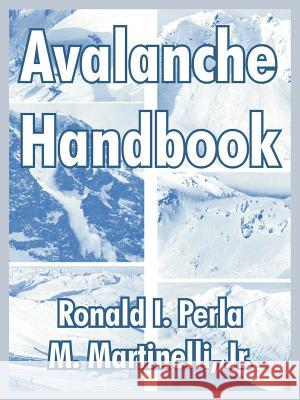Avalanche Handbook » książka
Avalanche Handbook
ISBN-13: 9781410215499 / Angielski / Miękka / 2004 / 268 str.
Avalanches seldom touch man or his works, but when they do they can be disastrous. This illustrated handbook sets forth procedures for avoiding such disasters in ski areas, near roads and settlements, and in the back country. New snowfall and old snow redeposited by winds are the major causes of avalanches. Melting and freezing or the presents or absents of a temperature gradient in the snow are difficult to observe directly but can make the snowpack either more or less susceptible to avalanching. Such variations often can be identified by digging pits in the snow. When a snow slop fails, the impact of the avalanche depends on such variables as the length, shape, and roughness of the avalanche path. If disaster strikes buried victims must be rescued quickly, since the chance of survival decreases sharply with time. Methods of avalanche control include artificial release by explosives, defense structures, public warnings, and land-use legislation.











